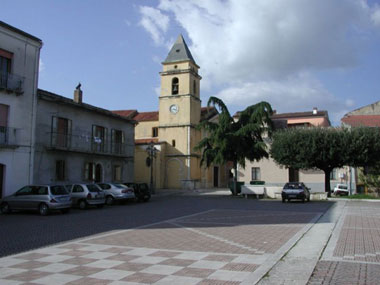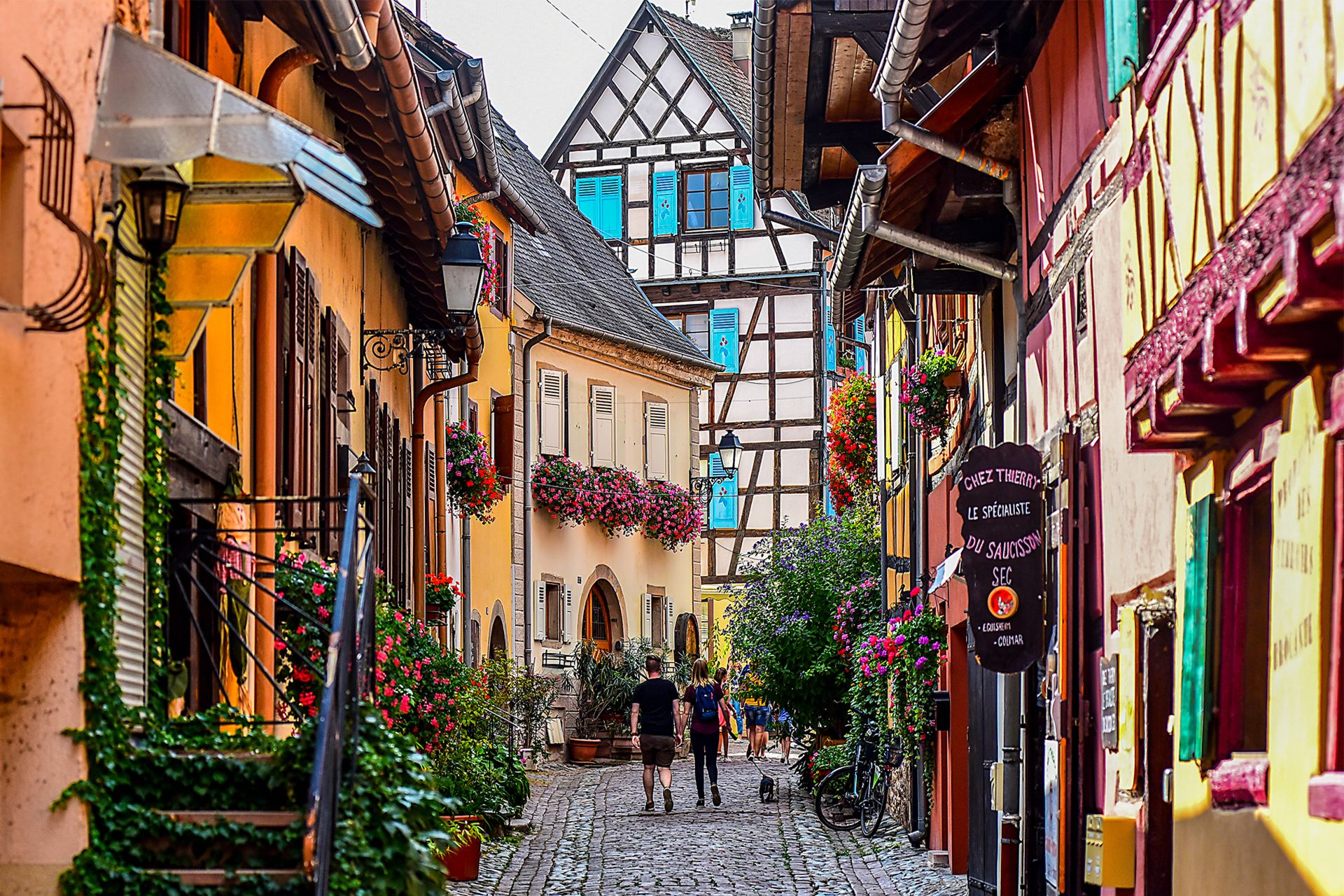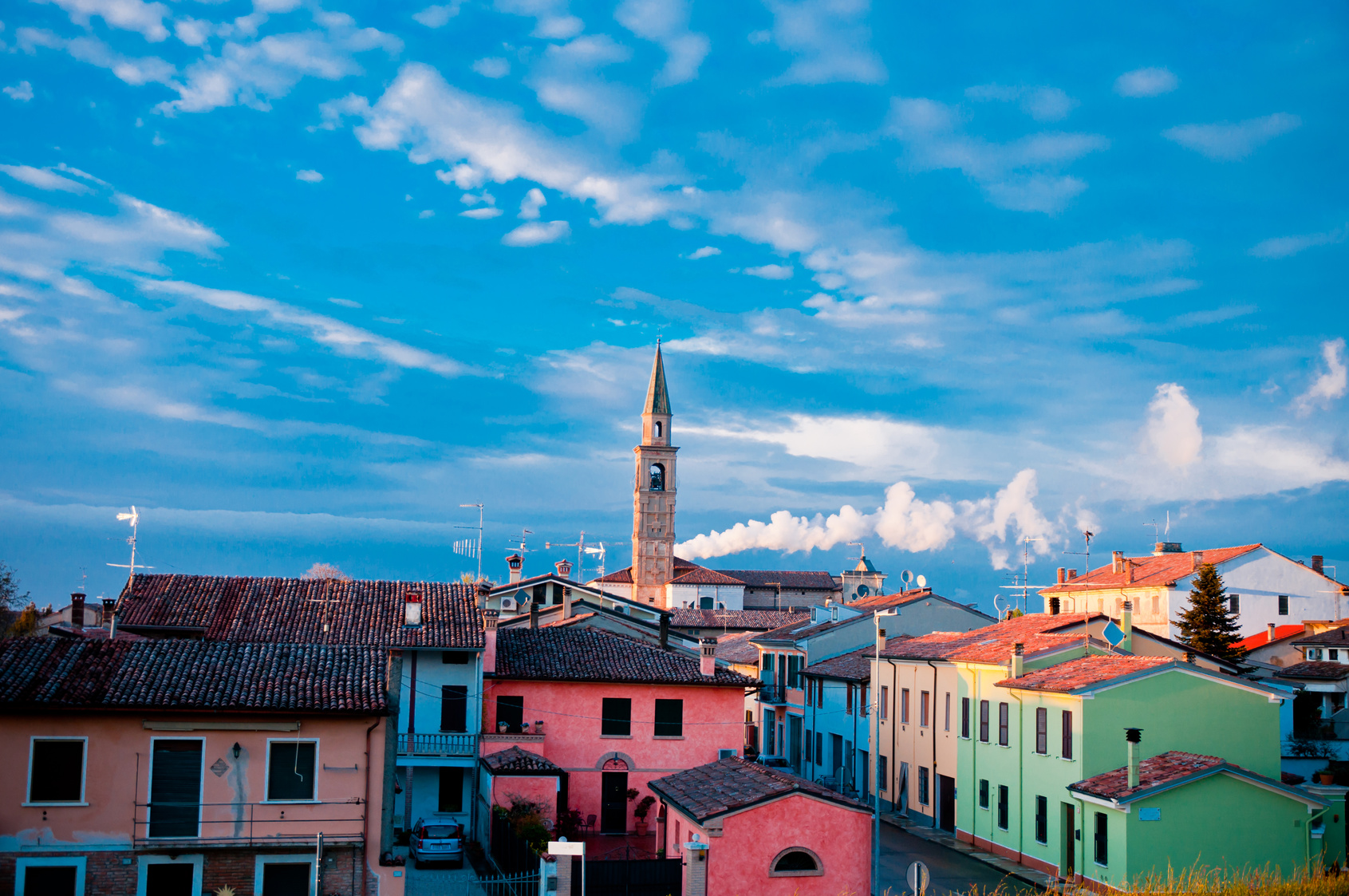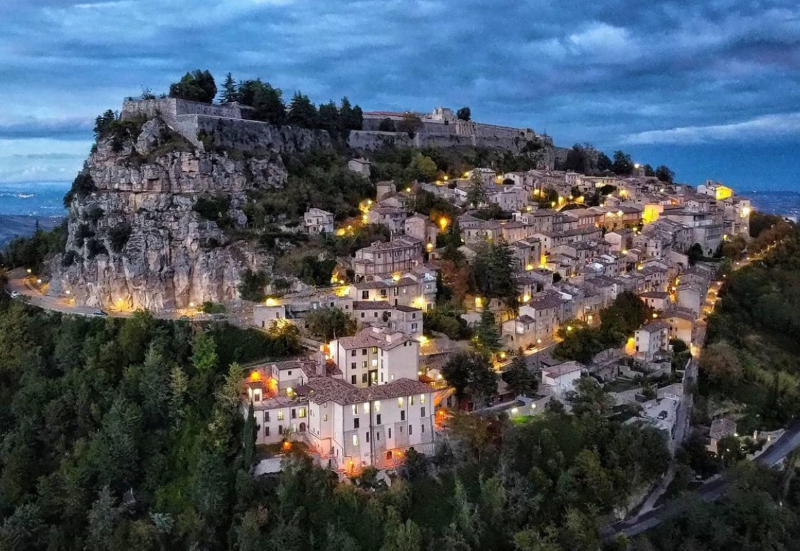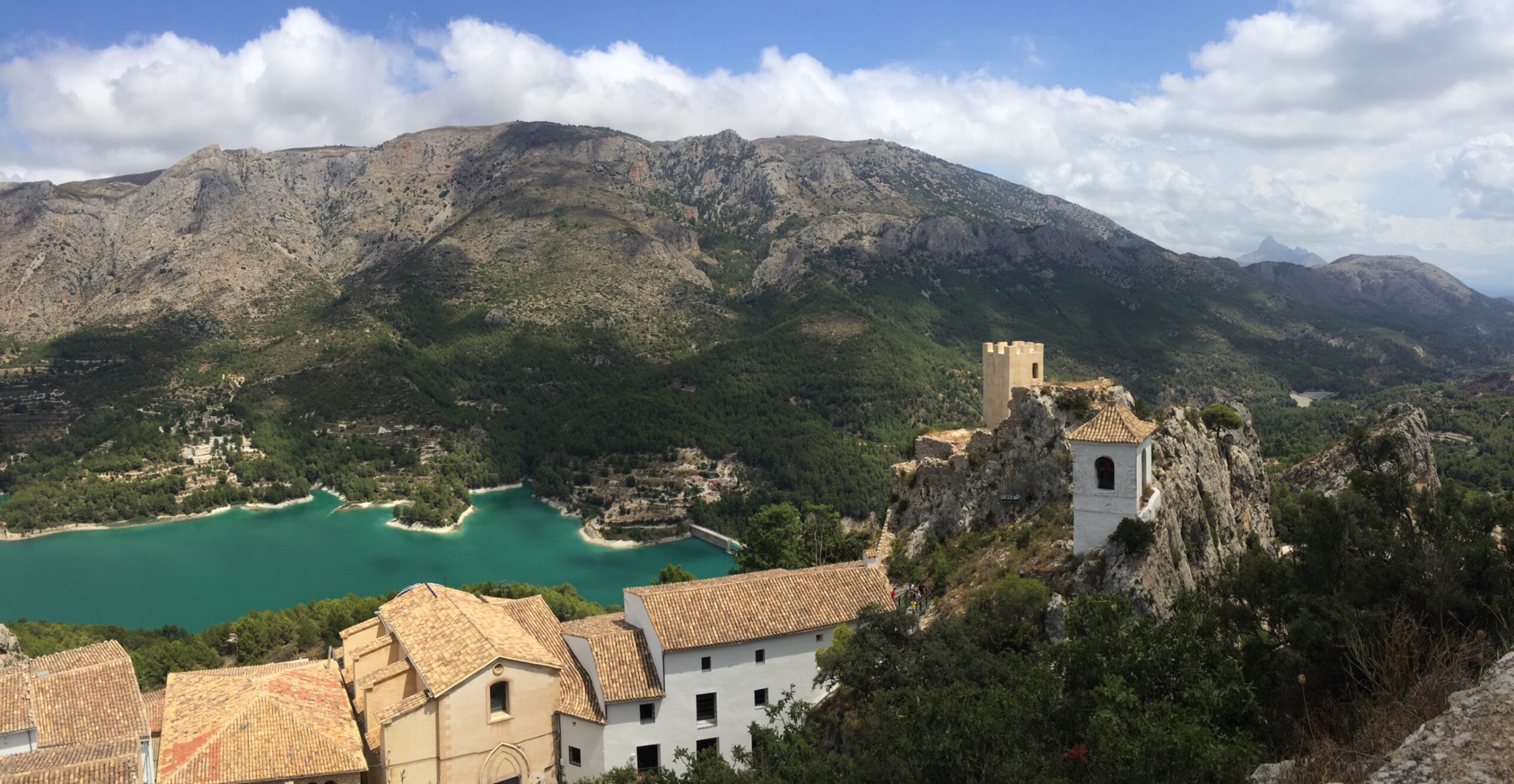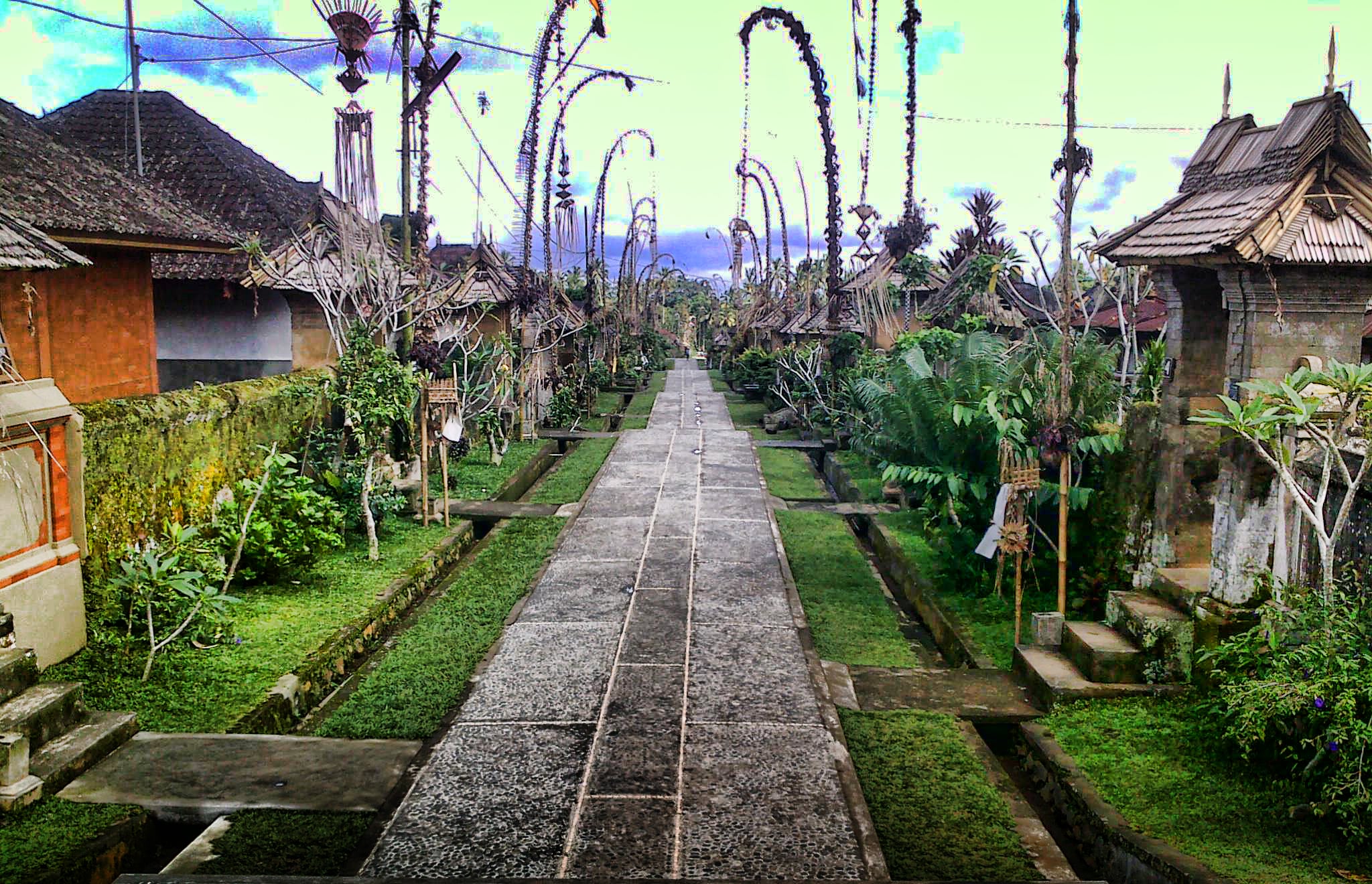Ponte is located in an area that in Roman times was the site of several commercial traffic being located along the Via Latina which connected Benevento with Telesia until reaching Rome.
In all probability the name of the town derives from a stone bridge built by the Romans on the course of the torrent Alenta, whose remains are still visible today.
The communal territory of Ponte has been object of numerous archaeological recoveries, in prevalence of coins of Roman age. In the locality of San Barbato has been found a Samnite fibula today preserved in the Museum of Sannio. The fibula, in bronze, presents the mobile barb and derives from prototypes of the last Mycenaean age found in Crete and Cyprus. In the Middle Ages the Lombard prince Pandolfo Capodiferro gave it together with the Monastery of S. Anastasia to the abbot of the monastery of S. Lupo and Zosimo in Benevento. The castle, built at the end of the XI century and of which are visible consistent traces, was object of wide fights between the Angevins and the Swabians in 1266.The town, at first belonging to Molise, lost in 1829 its autonomy, and with a royal decree of Ferdinand of Bourbon was united to Casalduni. Subsequently, detached from this, it was united to Paupisi, to regain definitively in 1913 its autonomy.
To see in the village :
Remains of the bridge; Abbey of Sant’Anastasia; Castle of the XI century;
Chapel of San Dionigi; Church of Santissimo Rosario.
